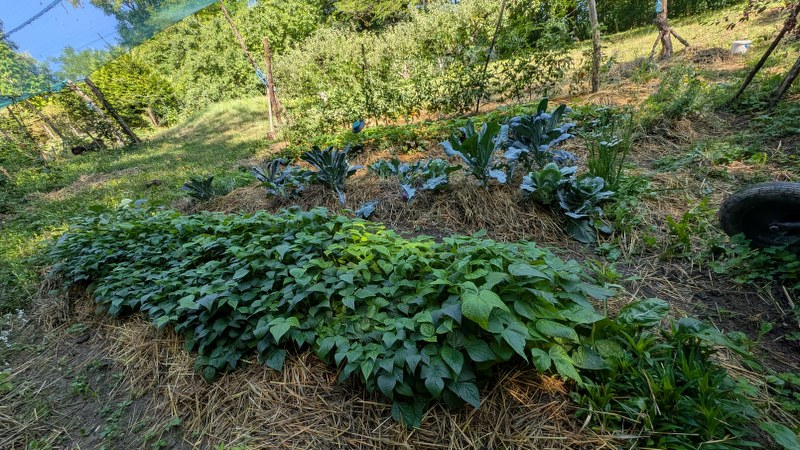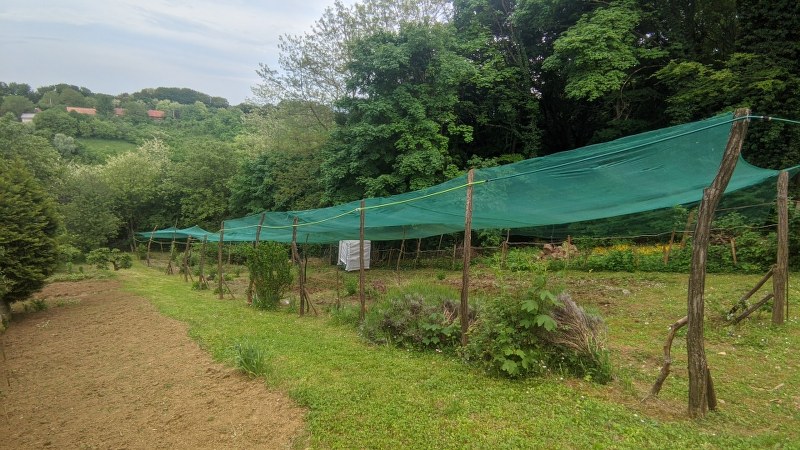Digitalis purpurea is a European native plant that has been brightening cottage gardens for ages. Its environment is forest edges and mountain meadows. This biannual plant likes shady parts with dry and permeable acid soil. If the plant gets enough water during the summer it will grow in places where most plants can’t survive, but it will not self-sow.

Since this plant is biannual, it blooms in the second year. It’s possible to get flowers in the first year, but only if the plant has the right climate and soil conditions. Usually, the first-year plants will only grow leaf rosettes. Second-year after the frost danger it will start growing flower stems. Digitalis blooms from the lower part of the stem to the upper part. The older the stem gets the smaller the flowers are. Size and the number of flowers depend on the environmental conditions.

Stems can be from 50cm to 3m tall and come in many shades of pink, purple, and white. Hybrid plants can have bi-colored flowers.


Digitalis purpurea is one of the most toxic plants. Its flower, plant, and seeds are filled with cardiac glycoside toxin. Ingesting parts of plants can lead to cardiac arrest and death in humans and animals. Its toxin in the right dosage is used to treat heart failure.

Digitalis can be sown indoors and outdoors. If sown indoors they can be sown like every other flower. In early spring to small pots and transplanted after the frost danger. The first year plant will only form leaves. If sown outdoors it may be sown 2 weeks before the last frost date. Growing Digitalis from outdoor sowing can be difficult because seeds are very tiny and if they don’t have the necessary conditions they can stay dormant for years.
When the flowers dry in the place of the petals plant will for small green seed bags. Once the seeds are ripe pods will turn brown and burst to spread the seeds everywhere.

If the stems are cut before the flower starts producing seeds Digitalis can act like a short life perennial and one plant can survive up to 5 years. It will also start reproducing by roots making new rosettes from the perennial one. When it comes to Digitalis it’s a beautiful flower but in my garden, it’s a very difficult plant to grow. It doesn’t want to reproduce or self-seed so I’m actually stuck with having plants for only two years and then I have to sow new ones that will survive only two years. Also, the front garden which is on the west is too hot so the plants never grow too tall and in the back garden so far I’ve managed to have only one plant which was alive for 2 years and I didn’t manage to grow it again.Some say that Digitalis grows like a weed but in warm conditions, it’s not the case. Digitalis and Lupine are the only 2 plants that I didn’t manage to keep on growing after the first plant died, so I’d suggest checking the garden conditions first. If you have a shaded, moderate summer then Digitalis is the right plant for you. If your garden is in full sun with warm or very warm summers then be prepared for the fact that the plant will not reproduce.




Leave a Reply